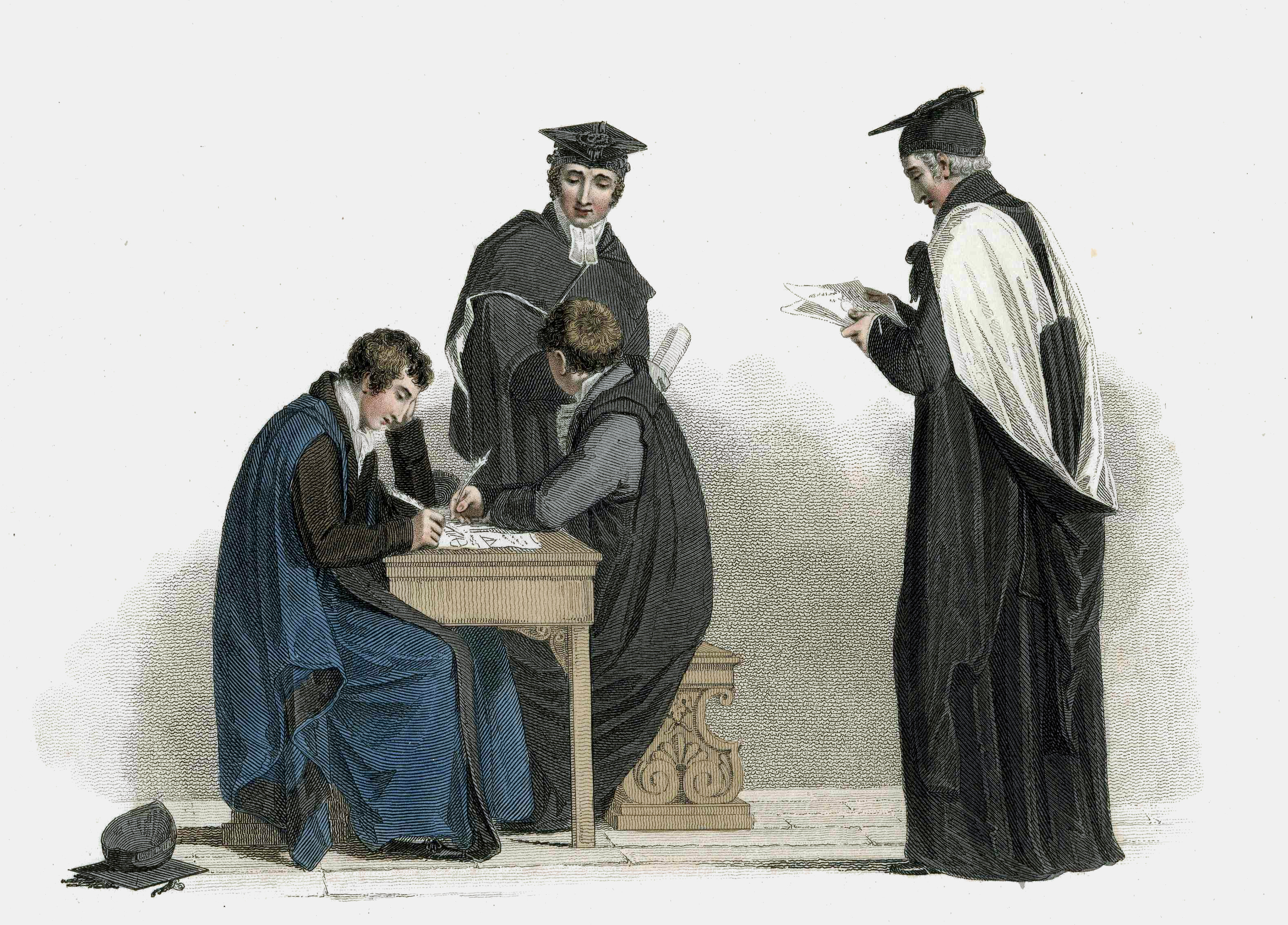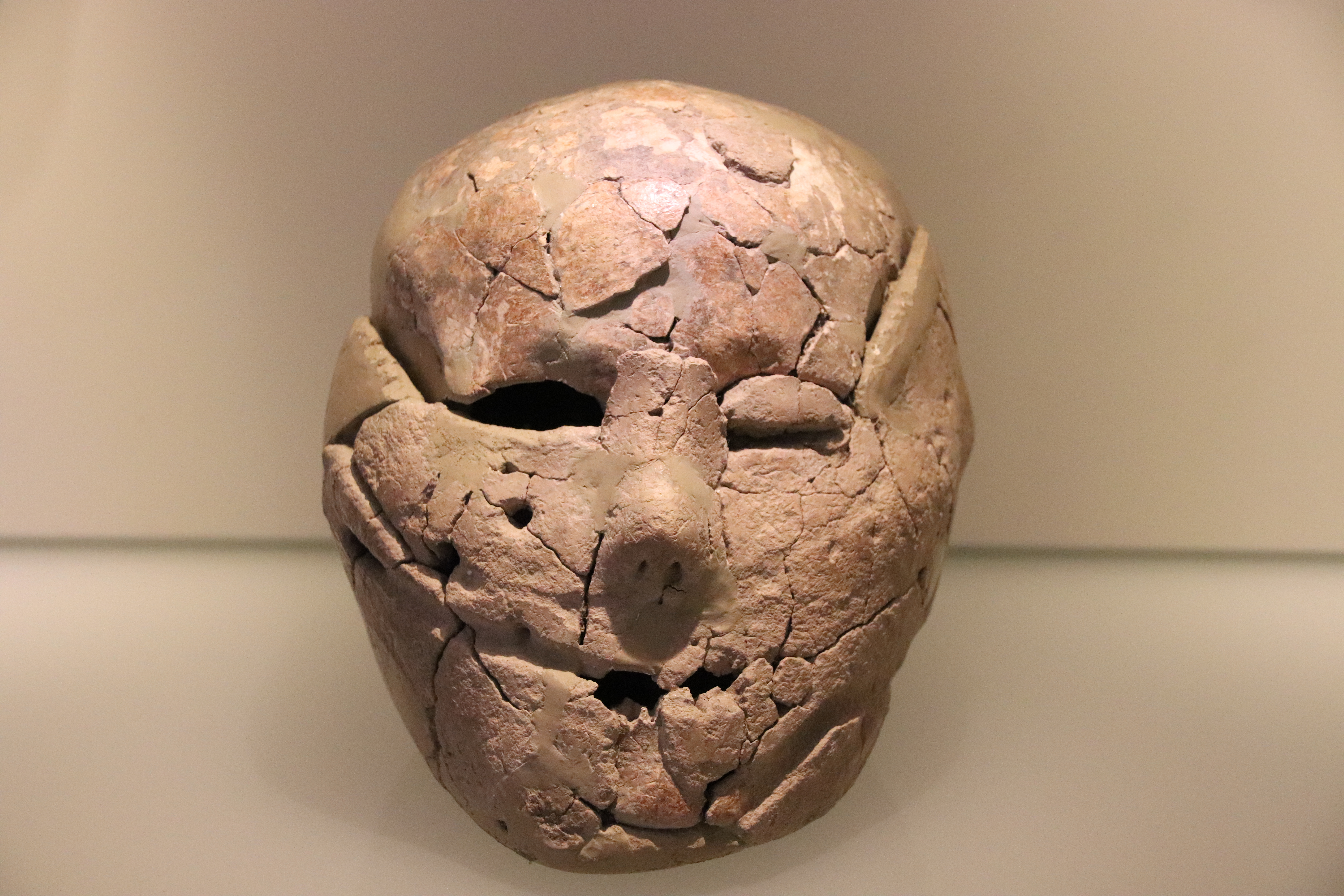|
Thomas Aynscombe
Thomas Aynscombe was an early-18th-century Dunstable and Smithfield, London landlord and minor benefactor. Thomas Aynscombe (died October 1740) of Charterhouse yard, and Northall in Buckinghamshire, was the son of Henry Aynscombe (died 1697), of St. Mary Woolnoth (where he was buried, in the chancel), citizen and haberdasher of London, by his wife Elizabeth (died 1711), daughter of Thomas Chew, Dunstable haberdasher, who had married Elizabeth, daughter of William Marsh of Dunstable in 1639. His mother, Elizabeth Chew (aka Mrs. Henry Aynscombe), was one of the three sisters and coheirs of William Chew (another brother Thomas Chew, of Dunstable, (died 20 July 1698, aged 52 (Neve)), distiller, of Dunstable, who died unmarried and intestate 18 March 1712/13, aged 58, leaving an estate worth £28,000, this included property in St. John Street, Smithfield, and several coaching inns in Dunstable, the ''Windmill and Still'' (theirs since the 17th century .C.H., and the ''Sugar Loaf'' (a ... [...More Info...] [...Related Items...] OR: [Wikipedia] [Google] [Baidu] |
Dunstable
Dunstable ( ) is a market town and civil parish in Bedfordshire, England, east of the Chiltern Hills, north of London. There are several steep chalk escarpments, most noticeable when approaching Dunstable from the north. Dunstable is the fourth largest town in Bedfordshire and along with Houghton Regis forms the westernmost part of the Luton/Dunstable Urban Area. Etymology In Roman times there was a minor settlement called Durocobrivis in the area now occupied by modern-day Dunstable. There was a general assumption that the nominative form of the name had been Durocobrivae, so that is what appears on the map of 1944 illustrated below. But current thinking is that the form ''Durocobrivis'', which occurs in the Antonine Itinerary, is a fossilised locative that was used all the time and Ordnance Survey now uses this form. There are several theories concerning its modern name: *Legend tells that the lawlessness of the time was personified in a thief called Dun. Wishi ... [...More Info...] [...Related Items...] OR: [Wikipedia] [Google] [Baidu] |
Sprowston
Sprowston ( or ) is a small suburban town bordering Norwich in Norfolk, England. It is bounded by Heartsease to the east, Mousehold Heath and the suburb of New Sprowston to the south (in Norwich), Old Catton to the west, and by the open farmland of Beeston St Andrew to the north. The 2011 census recorded a population of 14,691 making Sprowston the most populous civil parish in Broadland district. History Sprowston was recorded (as 'Sprowestuna') in the Domesday Book of 1086. The name is Anglo-Saxon and means 'the settlement belonging to Sprow' and is derived from the OE ''Sprow'' and ''tun'' (enclosure, settlement or farm) By 1186 one Manor was held by the Mounteney family, on behalf of Sir Richard de Luci, who kept it for some 250 years, whilst the other, held by the de Sproustons and then the Aslakes, was owned by the Bishop of Norwich. In 1545 the Jermy family granted Mounteney Manor to John Corbet. During Kett's rebellion in 1549 the house was broken into and looted.The En ... [...More Info...] [...Related Items...] OR: [Wikipedia] [Google] [Baidu] |
Gentleman Commoner
A commoner is a student at certain universities in the British Isles who historically pays for his own tuition and commons, typically contrasted with scholars and exhibitioners, who were given financial emoluments towards their fees. Cambridge Commoners were also known as pensioners at the University of Cambridge. Pensioners paid for their own tuition and commons. A fellow‑commoner was a rank of student above pensioners but below noblemen. They paid double the tuition fee and enjoyed more privileges than pensioners, such as commoning with fellows. As fellow‑commoners had considerable wealth, they were ineligible for scholarships and paid fellowships at some colleges. Fellow‑commoners who wore a hat instead of a velvet cap were known as hat fellow‑commoners. They were often sons of nobility Nobility is a social class found in many societies that have an aristocracy (class), aristocracy. It is normally ranked immediately below Royal family, royalty. Nobility has ... [...More Info...] [...Related Items...] OR: [Wikipedia] [Google] [Baidu] |
Portrait Group Of The Smith Children On A Terrace With A Spaniel, Basket Of Flowers And A Parakeet (c 1718) By James Maubert
A portrait is a painting, photograph, sculpture, or other artistic representation of a person, in which the face and its expressions are predominant. The intent is to display the likeness, personality, and even the mood of the person. For this reason, in photography a portrait is generally not a snapshot, but a composed image of a person in a still position. A portrait often shows a person looking directly at the painter or photographer, in order to most successfully engage the subject with the viewer. History Prehistorical portraiture Plastered human skulls were reconstructed human skulls that were made in the ancient Levant between 9000 and 6000 BC in the Pre-Pottery Neolithic B period. They represent some of the oldest forms of art in the Middle East and demonstrate that the prehistoric population took great care in burying their ancestors below their homes. The skulls denote some of the earliest sculptural examples of portraiture in the history of art. Historical portraitur ... [...More Info...] [...Related Items...] OR: [Wikipedia] [Google] [Baidu] |
Six Generation Ancestral Table Connecting Families Of Aynscombe, Smith, Challoner, Wight, Townsend, Bisse And De Salis
6 is a number, numeral, and glyph. 6 or six may also refer to: * AD 6, the sixth year of the AD era * 6 BC, the sixth year before the AD era * The month of June Science * Carbon, the element with atomic number 6 * 6 Hebe, an asteroid People * Alphonse Six (1890–1914), Belgian football player * Didier Six (born 1954), former French international footballer * Franz Six (1909–1975), Nazi official * Frederick N. Six (born 1929), Justice of the Kansas Supreme Court * James Six (1731–1793), British scientist * Jan Six (1616-1700), an important cultural figure in the Dutch Golden Age * Robert Six (1907–1986), Chief Executive Officer of Continental Airlines between 1936 and 1981 * Regine Sixt, German businessperson * Valérie Six (born 1963), French politician * Perri 6 (an extremely rare surname), social scientist * Six family, family of regents of Amsterdam, founded by Jan Six Music * Six (band), an Irish pop band created by a TV reality show * ''Six'' (music ... [...More Info...] [...Related Items...] OR: [Wikipedia] [Google] [Baidu] |
Newgate
Newgate was one of the historic seven gates of the London Wall around the City of London and one of the six which date back to Roman times. Newgate lay on the west side of the wall and the road issuing from it headed over the River Fleet to Middlesex and western England. Beginning in the 12th century, parts of the gate buildings were used as a gaol, which later developed into Newgate Prison. Name It was once thought that Newgate was "New" since it was built after the Roman period but archaeological evidence has shown that it was of Roman origin; it is therefore possible that the gate was so named when the Ludgate became less used due to the building of the fourth St Paul's Cathedral in the early medieval period. It was previously known as Chamberlains Gate, there was a landholding referred to as the Chamberlain's Soke lying just outside Newgate, forming part of the ward of Farringdon Without. Structure and history Excavations in 1875, 1903 and 1909 revealed the Roman st ... [...More Info...] [...Related Items...] OR: [Wikipedia] [Google] [Baidu] |
St Sepulchre-without-Newgate
Holy Sepulchre London, formerly and in some official uses Saint Sepulchre-without-Newgate, is the largest Anglican parish church in the City of London. It stands on the north side of Holborn Viaduct across a crossroads from the Old Bailey, and its parish takes in Smithfield Market. During medieval times, the site lay outside ("without") the city wall, west of the Newgate. It has London's musicians' chapel in which a book of remembrance sits and an October/November requiem takes place – unusual for a church associated with Low Church Evangelicalism. The church has two local army regiment memorials. The vicar is appointed by St John's College, Oxford, which has held the church's patronage since 1622. The church is within the Newgate Street Conservation Area. History The original ( probably pre-Norman) church on the site was dedicated to St Edmund the King and Martyr. In 1137 it was given to the Priory of St Bartholomew. During the Crusades of that century the church ... [...More Info...] [...Related Items...] OR: [Wikipedia] [Google] [Baidu] |
St Bartholomew's Hospital
St Bartholomew's Hospital, commonly known as Barts, is a teaching hospital located in the City of London. It was founded in 1123 and is currently run by Barts Health NHS Trust. History Early history Barts was founded in 1123 by Rahere (died 1144, and entombed in the nearby Priory Church of St Bartholomew the Great), a favourite courtier of King Henry I. The dissolution of the monasteries did not affect the running of Barts as a hospital, but left it in a precarious position by removing its income. It was refounded by King Henry VIII in December 1546, on the signing of an agreement granting the hospital to the Corporation of London.''St Bartholomew's Hospital'' ''Old and New London'': Volume 2 (1878), pp. 359–363. Retrieved 30 January 2009 The hospital became legally styled as the "House of the Poore ... [...More Info...] [...Related Items...] OR: [Wikipedia] [Google] [Baidu] |
Gentleman's Magazine
''The Gentleman's Magazine'' was a monthly magazine founded in London, England, by Edward Cave in January 1731. It ran uninterrupted for almost 200 years, until 1922. It was the first to use the term ''magazine'' (from the French ''magazine'', meaning "storehouse") for a periodical. Samuel Johnson's first regular employment as a writer was with ''The Gentleman's Magazine''. History The original complete title was ''The Gentleman's Magazine: or, Trader's monthly intelligencer''. Cave's innovation was to create a monthly digest of news and commentary on any topic the educated public might be interested in, from commodity prices to Latin poetry. It carried original content from a stable of regular contributors, as well as extensive quotations and extracts from other periodicals and books. Cave, who edited ''The Gentleman's Magazine'' under the pen name "Sylvanus Urban", was the first to use the term ''magazine'' (meaning "storehouse") for a periodical. Contributions to the maga ... [...More Info...] [...Related Items...] OR: [Wikipedia] [Google] [Baidu] |
Hicks Hall
Hicks Hall, or Hickes' Hall, was a courthouse at the southern end of St John Street, Clerkenwell, London. It opened in 1612, and was closed and demolished in 1782. It was the first purpose-built sessions house for justices of the peace of the county of Middlesex (including the City of Westminster), and became the main court of petty sessions and arraignment for more serious offences, including cases involving plots, attacks and minor transgressions against the state. The hall stood at the start of the Great North Road, running from London to York and Edinburgh, and was routinely used as the datum point for measuring mileages along that route. Prehistory and location From at least the 1540s, the Middlesex justices regularly held their sessions in an inn at the southern end of St John Street. This was one of the closest points in the county of Middlesex to the City of London, lying immediately north of Smithfield Bar, a tollgate on the City boundary. Two inns were us ... [...More Info...] [...Related Items...] OR: [Wikipedia] [Google] [Baidu] |
St Mary Woolnoth
St Mary Woolnoth is an Anglican church in the City of London, located on the corner of Lombard Street and King William Street near Bank junction. The present building is one of the Queen Anne Churches, designed by Nicholas Hawksmoor. The parish church continues to be actively used for services, with Holy Communion every Tuesday. St Mary Woolnoth lies in the ward of Langbourn. History Early history Roman remains were found under the site during the rebuilding by Hawksmoor, and there is speculation that there was a large Roman building in the immediate vicinity. (see https://historicengland.org.uk/listing/the-list/list-entry/1064620). This has led some to believe that the site has been used for worship for at least 2,000 years. This is based on the guess that the Roman remains were of a religious nature, and 'under the remains of an Anglo-Saxon wooden structure'. However, its name is first recorded in 1191 as ''Wilnotmaricherche''. It is believed that the name "Woolnoth" re ... [...More Info...] [...Related Items...] OR: [Wikipedia] [Google] [Baidu] |
Charity School
Charity schools, sometimes called blue coat schools, or simply the Blue School, were significant in the history of education in England. They were built and maintained in various parishes by the voluntary contributions of the inhabitants to teach poor children to read and write, and for other necessary parts of education. They were usually maintained by religious organisations, which provided clothing and education to students freely or at little charge. In most charity schools, children were put out to trades, services, etc., by the same charitable foundation. Some schools were more ambitious than this and sent a few pupils on to university. Charity schools began in London, and spread throughout most of the urban areas in England and Wales. By 1710, the statistics for charity schools in and around London were as follows: number of schools, 88; boys taught, 2,181; girls, 1,221; boys put out to apprentices, 967; girls, 407. By the 19th century, English elementary schools were ... [...More Info...] [...Related Items...] OR: [Wikipedia] [Google] [Baidu] |
.jpg)







